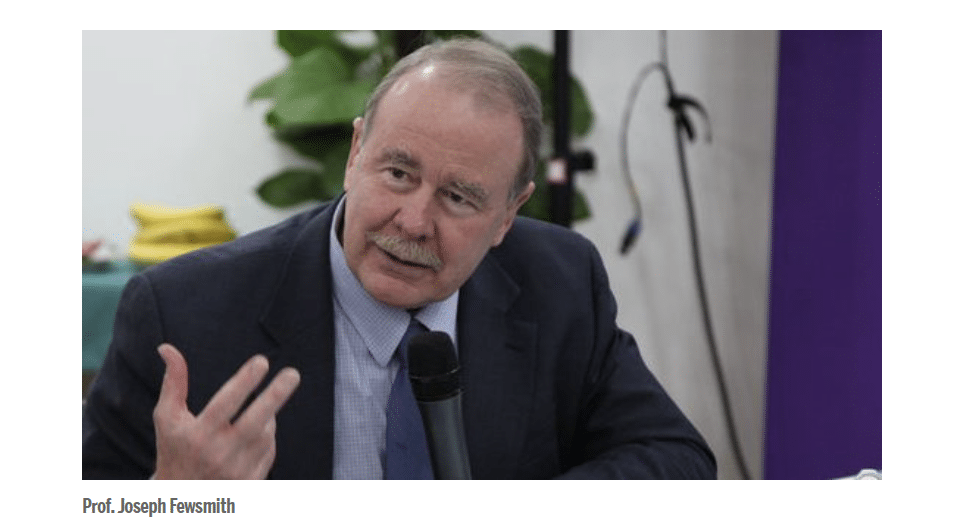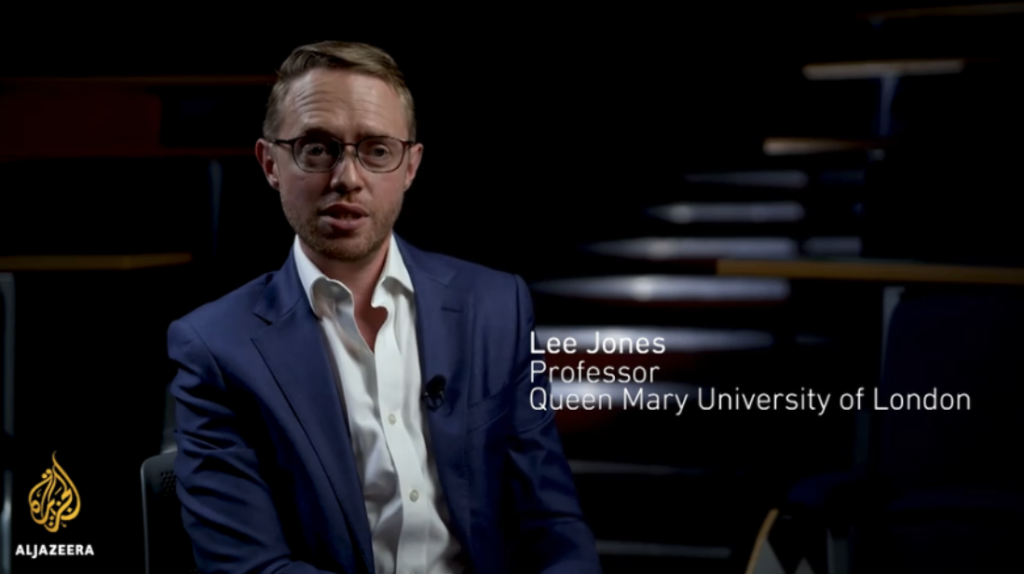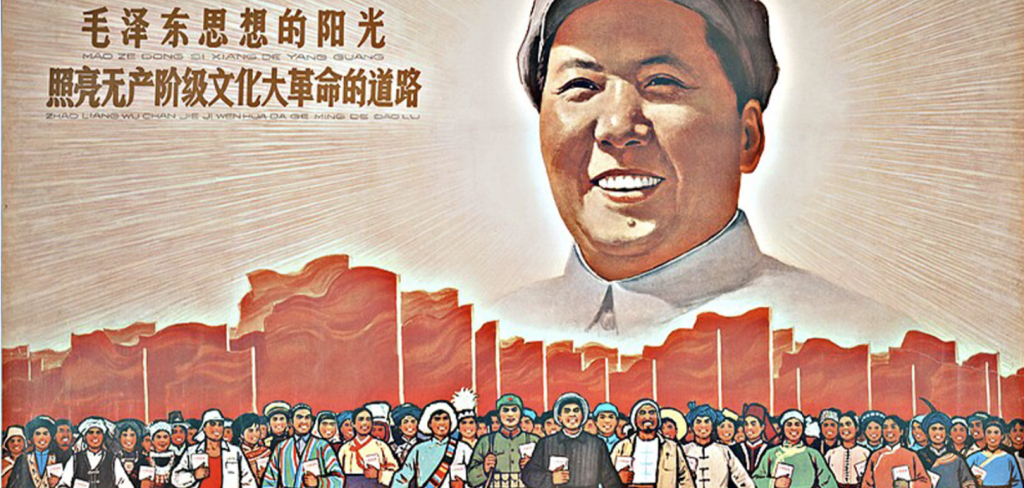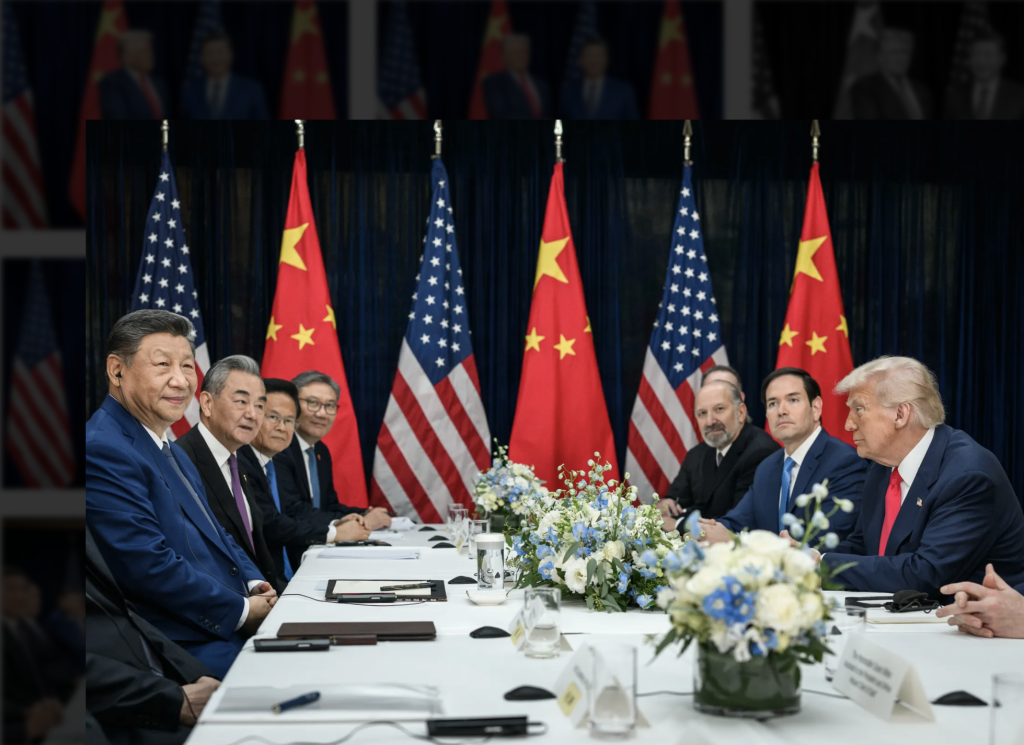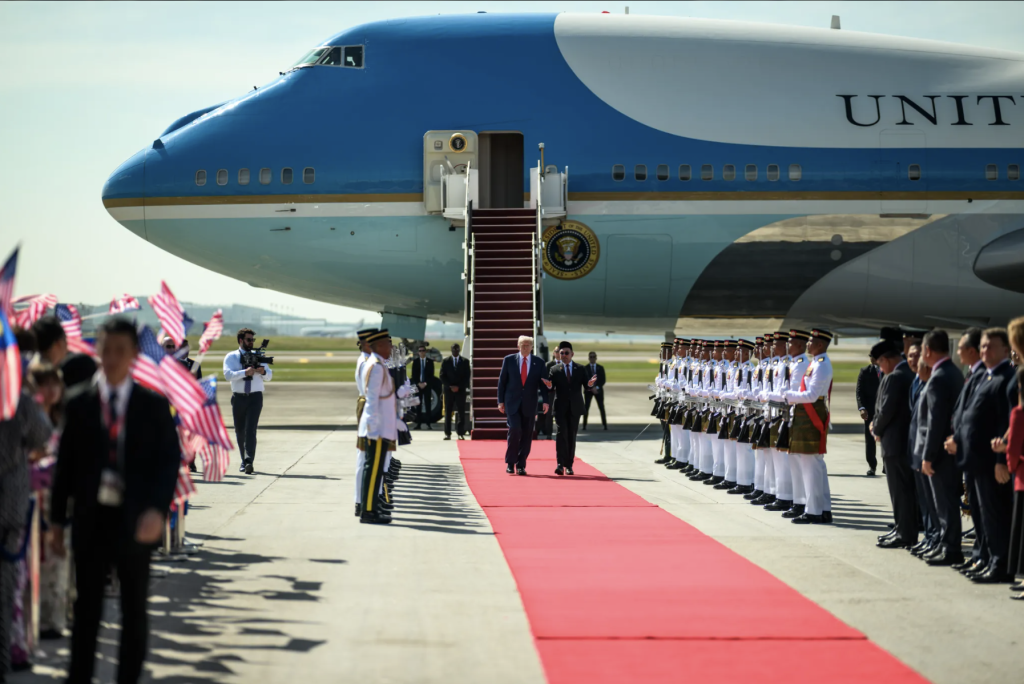How Capable Are the U.S. and Japan of Intervening in a Taiwan Conflict?
Chinese Society on the SVB Bankruptcy
In recent years, the highly-controlled Chinese social media landscape has gained a reputation for platforming anti-American content. Discussions often surround the so-called decline of the United States in both political and economic terms. This content is widely popular, and the recent bankruptcy of the Silicon Valley Bank (SVB) has become a hot topic on Chinese social media. Among the negative articles, netizens are ironically eager to cite American and other Western sources in order to bolster the credibility of their arguments. This short article reviews a selection of online content in China about SVB’s collapse and how the issue is portrayed in Chinese public opinion. With regard to state media, the Chinese press has used the SVB bankruptcy to bludgeon the U.S. banking system. As Bloomberg reported, “The Chinese state media Xinhua News Agency blamed the recent bank failures on the United States’ poor financial regulation and political infighting.” China also criticized European and Asian countries with close financial ties with America, which were partially responsible for the interest rate hike and the consequences of the banking failure. In the report by the vice president of the Exim Bank of China, Wencai Zhang, central banks from other countries faced pressure to ensure financial stability from the negative influence of the SVB bankruptcy. The report also cited a CGTN public opinion survey where over 90% of respondents believed that the US government’s financial system oversight was “actually ineffective” (note that the U.S.-China Perception Monitor has explained why CGTN surveys should be ignored). The hostile comments are expected as tensions between the two countries continue to rise, particularly following the February balloon incident.
One article from Reference News (Cankaoxiaoxi or 参考消息) criticized American banks for “always following a profit-chasing development path in the past decade.” Reference News is the most used Chinese media to report foreign affairs by citing western sources to appeal its legitimacy. It published news with an attitude of criticizing the western countries while boasting about China’s political system. Many sources are paraphrased in a biased manner or interpreted out of context to serve the thesis of the article. The article repeatedly used the “arrogant and incompetent” to describe the U.S. central bank and its financial system, along with Switzerland’s Credit Suisse and American venture capital firms.
Another source from Reference News referenced Neil Wilson, the chief market analyst at Finalto, from Reuters that “after continuously rising interest rates and a fragile U.S. economy, the SVB incident could be the ‘last straw that breaks the camel’s back’ for the banking industry.” By analyzing the nature of the problem, the article states that “the ‘blame game’ was passed around but the ‘underlying long-standing issue’ was ignored. The collapse of SVB exposed domestic issues of inadequate government regulation and international issues of how selfish and short-sighted policies can backfire on a country.”
In addition to state media, another influential form of content is short-form videos and blogs on social media. The short-form video makers and influential bloggers tend to sneer and persuade their audience that the West led by the US is in serious decline in order to attract audiences. There are many instances of using one particular failure to suggest other defects with the US government, often in highly speculative and conspiratorial terms, without ever providing specific, independent, or externally validated evidence.
One popular video on Weibo, by Hu Xijin, described a widespread conspiracy theory about the US government. The theory goes like this: In order to maintain its hegemony around the globe, the US government needs to decrease economic reliance on China, largely by moving manufacturing to Southeast Asia, and also by increasing its military spending. These objectives require massive governmental and corporate investment, for which they have printed money. This (and not, as in reality, COVID measures) has caused severe and self-inflicted inflation in the US. The need to raise interest rates to combat this has caused the US bond yield curve to collapse, causing events like SVB’s collapse. And in this situation, China needs to be particularly careful that the US might externalize this problem by creating conflict and enmity towards China.
Another popular view is to criticize US free market capitalist system as inherently unfair, untransparent, and corrupt. For example, some have claimed that high-ranking officials in SVB and other failing US banks sold all their stock before the banks collapsed, and the US government did not even spot this irregularity – a failure in government oversight. Moreover, a popular trend on Chinese social media (especially Weibo) is that the US bankers and government deliberately used this opportunity to loot Chinese and Chinese American technology tycoons’ deposits. These posts mainly target Chinese who make money in China but transfer their financial assets to the US and are therefore considered “traitors” among some Chinese circles. The Chinese real estate tycoon Pan Shiyi, for example, is typically under heated discussion. Many posts on Weibo claim that this traitor loves American democracy and who deposited a lot of money in SVB only to be robbed by America he loves. Some posts even state that once the US initiates a war against China to prevent China’s reunification, not only their money in the bank but all of the assets owned by these “traitors” will also be ransacked by the US government.
Other popular sets of conspiracy theories attribute SVB’s failure to government manipulation. A popular stockbroker in Bilibili, for example, claimed that the US government responded quickly to save the bank in order to hide the fact that the US economy is not stable, and so the US can continue to brainwash foreign investors and let them purchase more US bonds. Other more aggressive views suggest that the US government deliberately sabotaged SVB itself. As the argument goes, since the US government lends the bonds held by banks themselves after a bank collapses, the government can say they will “save the bank” while at the same time retrieving the US bond without new expenditure.
Some others connect this event to the close relationship between the bankers and the US government, accusing the latter of murdering participants in the Occupy Wall Street bank protests, and connecting that history to the current event in order to emphasize the evil, inhumane, and corrupt nature of US banks in particular and government as a whole.
China, of course, faced its own private banking crisis in 2022, as the rural Henan banking industry collapsed due to banks’ use of high-interest rates to attract savings, culminating in fraud when customers were unable to withdraw their funds. Local authorities prevented the mass protests by issuing a “COVID Red Health Code”, thereby banning public activity as well as travel to and from Henan. Very few accounts mention the comparison and when accounts do mention the parallel situation, they find alternative explanations. One public account in Weixin states that while the SVB collapse was caused by inefficient supervision of the US government, the Henan fraud was able to be solved efficiently with proper government oversight. The Henan crisis was caused by the “moral risk of some individuals”, and so the blame should be placed entirely on the criminal but not the government. No mention is made of municipal Chinese officials’ complicity with the bank’s scheme or the suppression of protests and coverage by the government.
In essence, Chinese social media has used the following strategies to discuss the bankruptcy of SVB: (1) universalize the particular instance to claim systematic failure of the US economy as a whole to the Chinese audience (2) theorize, without specific evidence, how this particular instance of failure is connected to other and deeper particular instances of US decay and corruption (3) claim this is a conspiracy by US bankers and government to ransack the Chinese and Chinese American tycoons who “love American democracy and economic system” in order to denounce them (4) and to systematically ignore or excuse the parallel experience of the Henan banking collapse in China. The overarching point is that the incentive of pleasing mass audiences led the media to use this event as an attempt to predict the coming failure of US hegemony. Official platforms, such as Xinhua News Agency and Reference News, with unofficial sources, such as Weibo and Bilibili, both portray the same trend of anti-Americanism.



